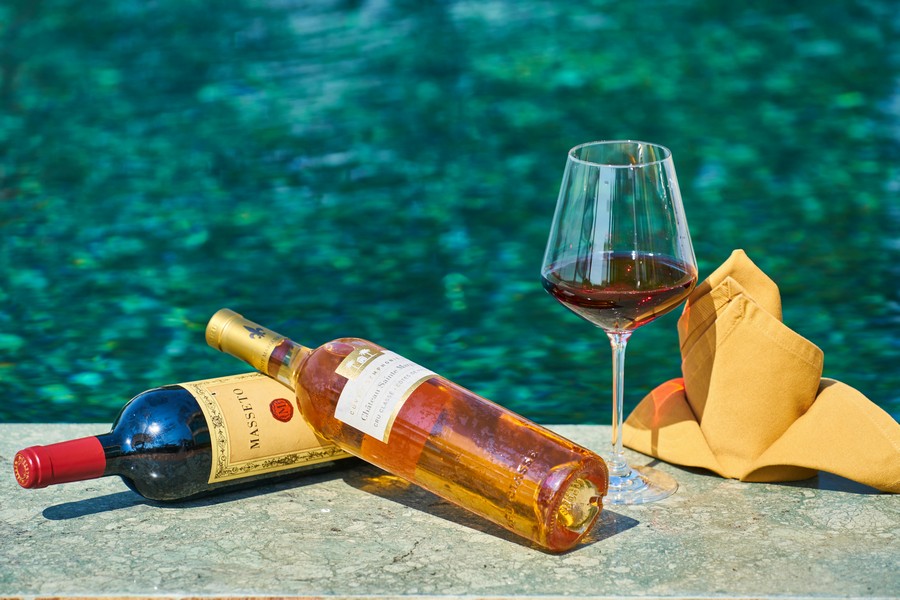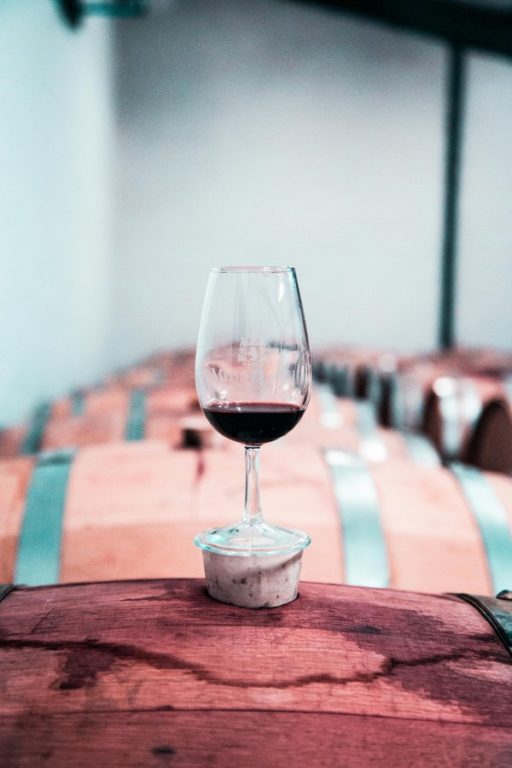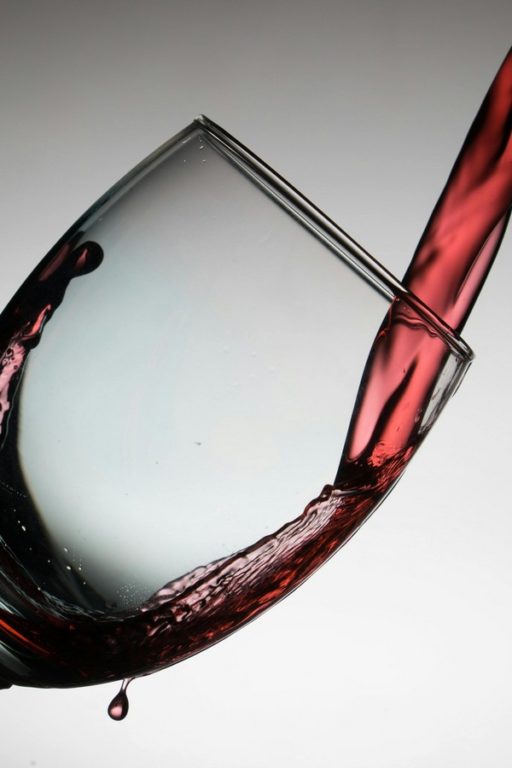Central to the wine journey is the choice between varietal wines and blends, each offering unique experiences that appeal to different palates and preferences. In this article, we discover the character of both, highlighting their distinct characteristics and the pleasures they offer to wine enthusiasts.
Varietal Wines: Defining Grape Identities
Varietal wines are crafted predominantly from a single grape variety, allowing drinkers to understand the distinct characteristics of that particular grape. For wine enthusiasts, this offers an insight into the essence of individual grape varietals, enabling them to develop a nuanced palate capable of discerning subtle differences in taste, aroma, and color.

One of the primary advantages of varietal wines lies in their ability to educate the palate. By focusing on a single grape variety, these wines provide a clear expression of its unique flavors and aromas. This clarity allows drinkers to familiarize themselves with the specific traits associated with different grapes, facilitating a deeper understanding of wine and enhancing the tasting experience.
However, the focus on a single grape varietal can also limit the complexity and depth of varietal wines compared to blends. While they offer a clear expression of individual grape characteristics, they may lack the intricate layers of flavor and texture that can be achieved through blending.
Blends: Uniting Terroir and Craftsmanship

In contrast to varietal wines, blends are crafted by combining multiple grape varieties, allowing winemakers to showcase the diverse flavors and textures inherent in different grapes. While varietal wines celebrate the individuality of specific grape varietals, blends celebrate the artistry of the winemaker, who harmonizes various components to create a balanced and complex wine.
One of the key advantages of blends lies in their ability to capture the essence of a terroir. By blending grapes sourced from different vineyards within a region, winemakers can harness the unique characteristics of each site, resulting in a wine that reflects the diverse microclimates, soils, and elevations present in the area. This integration of terroir adds depth and complexity to the wine, offering drinkers a sensory experience that evolves with each sip.
Furthermore, blends offer winemakers an opportunity to showcase creativity and innovation. With the freedom to experiment with different grape combinations and aging techniques, they can craft wines that transcend the limitations of individual varietals, resulting in unique and memorable expressions of the winemaker’s vision. Whether it’s a classic Bordeaux blend or a modern GSM (Grenache, Syrah, Mourvèdre), blends offer a range of flavors and aromas that captivate the senses and ignite the imagination.
However, blending can sometimes dilute the distinctiveness of individual grape varietals, making it more challenging for drinkers to identify and appreciate specific grape characteristics. Additionally, achieving harmony and balance in a blend requires skill and expertise, and not all blends succeed in achieving this desired outcome.
Comparison: Varietal vs. Blend

In comparing varietal wines to solo sports and blends to team play, varietals represent the focused precision of an individual athlete honing their skills to perfection. Like a tennis player mastering their serve or a golfer perfecting their swing, varietal wines allow drinkers to delve deeply into the nuances of a single grape variety, refining their palate and expanding their knowledge with each sip.
On the other hand, blends can be likened to the synergy of a sports team, where the collective efforts of diverse players come together to achieve a common goal. Just as teamwork in sports combines the unique strengths of individual players to create a cohesive unit, blending in winemaking integrates different grape varietals to produce a wine that is greater than the sum of its parts. The result is a harmonious blend of flavors and textures that exemplifies the skills and collaboration of the winemaker.
Next time you’re perusing the aisles of a wine shop, consider selecting both a varietal and a blend from the same winemaker in the same region. This will provide you with the opportunity to experience both styles side by side. For instance, you might compare a Langhe Rosso (blend) with a Nebbiolo or Dolcetto d’Alba from acclaimed winemakers such as Damilano, Batasiolo, or La Spinetta.


